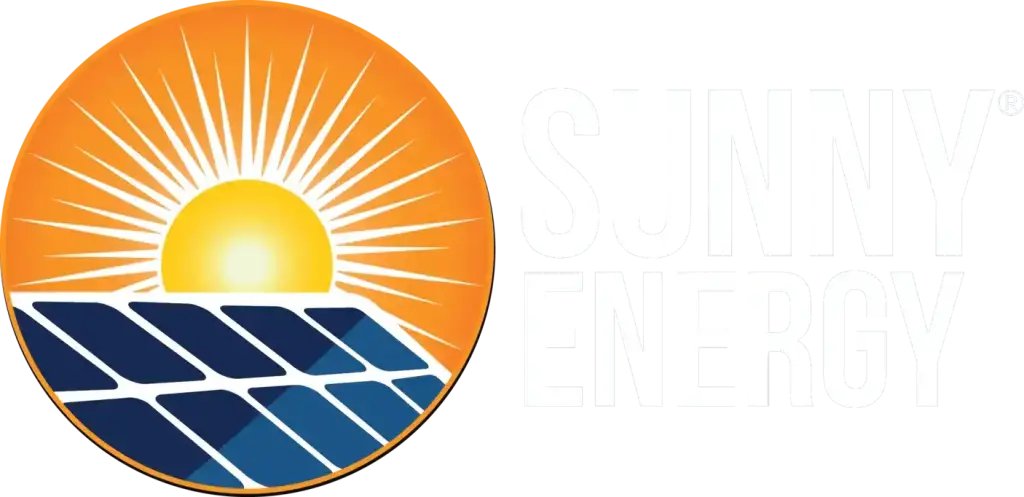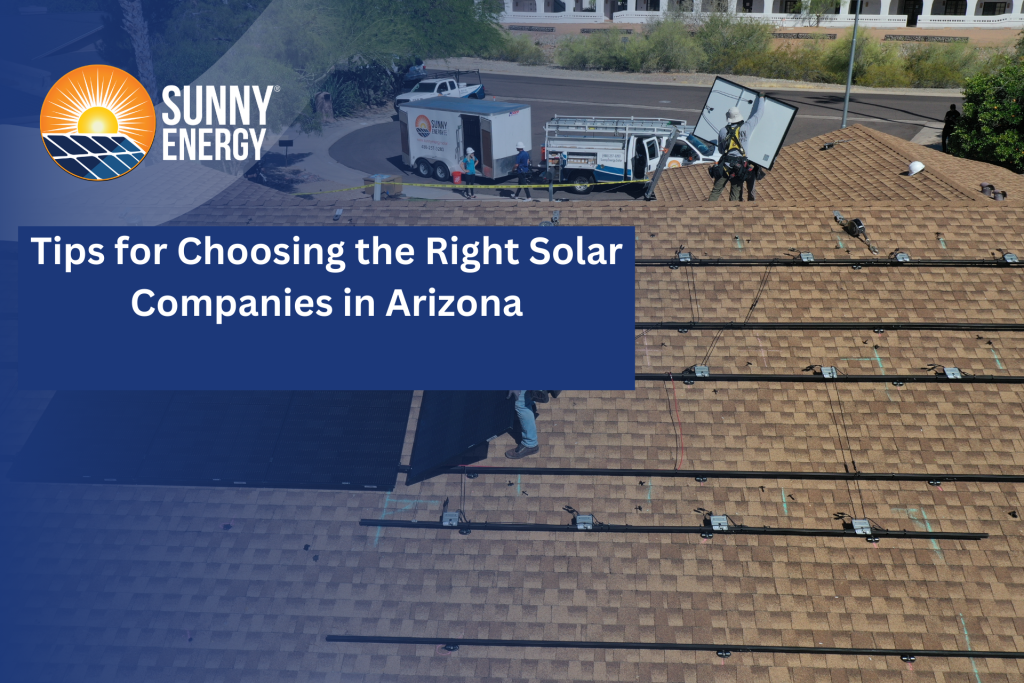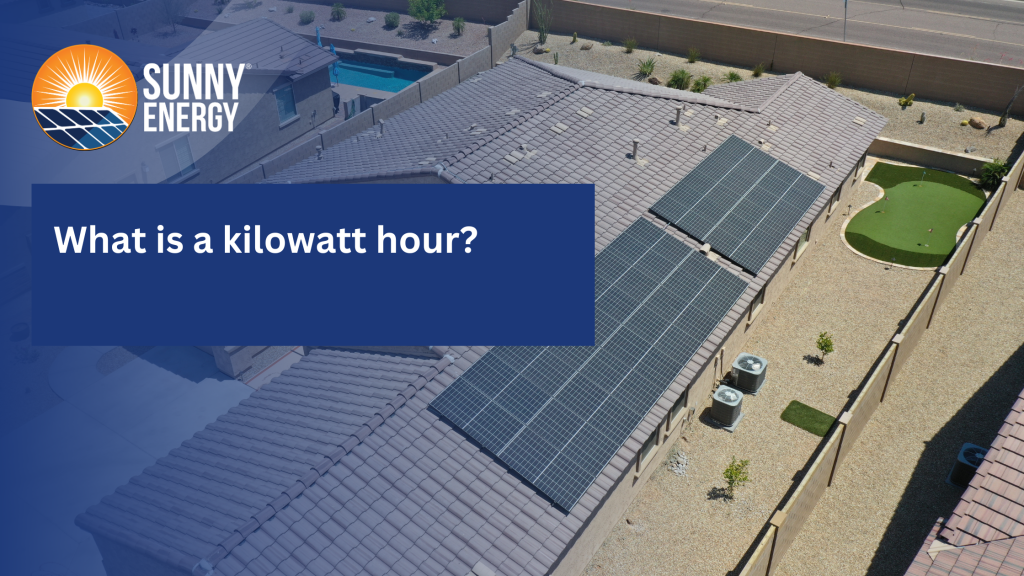Solar panels are an excellent way to harness the power of the sun and generate clean, renewable energy. However, for those living in snowy regions, the presence of snow can raise questions about the efficiency and effectiveness of solar panels. In this guide, we will explore how does a solar panel work in snowy conditions, the different types of solar panels suitable for cold weather. We will also discuss whether you need to clean snow off solar panels, the energy production of solar panels in inclement cold weather, and whether solar panels cost more in snowy states.
How does a solar panel work if covered in snow?
When solar panels are covered in snow, their ability to generate electricity is hindered because the snow blocks sunlight from reaching the solar cells. This is problematic because solar panels rely on sunlight to create an electric current. So how does a solar panel work?
However, modern solar panels are typically installed at an angle, which can help snow slide off more easily. The angle, known as the tilt angle, is often optimized based on the specific location’s latitude to maximize sunlight exposure throughout the year. Solar panels are designed with materials that absorb sunlight, such as silicon, and convert it into electricity through the photovoltaic effect.
Once the snow melts or slides off the solar panels, they can resume their normal function of converting sunlight into electricity. The materials used in solar panels are durable and can withstand various weather conditions, including snow. This means that as long as the panels are not damaged by the weight of the snow or other extreme conditions, they can continue to operate effectively after snowfall. Now you know how does a solar panel work, let’s explore different types of solar panels in cold weather.
Different types of solar panels in cold weather
1.Monocrystalline solar panels:
These panels are made from single-crystal silicon, making them highly efficient and durable. They perform well in cold climates and are often more space-efficient than other types, making them a popular choice for residential installations.
2.Polycrystalline solar panels:
These panels are made from multiple silicon crystals, which makes them slightly less efficient than monocrystalline panels but still a good option for cold weather. They are also cost-effective and widely used in residential and commercial installations.
3.Thin-Film Solar Panels:
Thin-film panels are made by depositing thin layers of photovoltaic material onto a substrate, such as glass or metal. While they are less efficient than crystalline panels, they can perform better in low-light conditions and may be more suitable for cold climates where sunlight is less intense.
In cold weather, the efficiency of solar panels can be affected by temperature. As temperatures decrease, the efficiency of solar panels typically increases slightly, leading to a slight boost in energy production. However, extreme cold can also lead to a decrease in efficiency. So it’s important to choose a panel type that is suitable for the climate where they will be installed.
Do I have to clean snow off solar panels?
Cleaning snow off solar panels is typically not necessary, as they are designed to allow snow to slide off naturally. The angle at which solar panels are mounted helps facilitate this natural snow removal process. The heat generated by the panels when exposed to sunlight can help melt snow and ice, further aiding in the clearance of snow from the panels.
However, if snow is not melting on its own, you can gently remove it using a soft brush. It’s important to use a soft tool to avoid damaging the panels. Abrasive materials should never be used, as they can scratch the surface of the panels, reducing their efficiency.
Regularly cleaning snow off solar panels may be necessary in areas with heavy snowfall. However, allowing the snow to naturally melt is sufficient to maintain the efficiency of the panels.
How much energy do solar panels produce in inclement cold weather?
The energy production of solar panels in winters does not necessarily mean that they produce less energy. Cold temperatures can actually increase the efficiency of solar panels, resulting in a slight boost in energy production. However, snow cover can significantly reduce energy production until it melts or slides off. In inclement cold weather, the energy production of solar panels can be influenced by several factors:
1.Temperature:
Cold temperatures can actually increase the efficiency of solar panels slightly. Solar panels in winters operate more efficiently at lower temperatures, which can lead to a slight boost in energy production.
2.Snow cover:
However, the presence of snow can significantly reduce the energy production of solar panels. When solar panels are covered in snow, they are unable to generate electricity effectively because the snow acts as a barrier, blocking sunlight from reaching the solar cells.
3. Melting snow:
Once the snow melts or slides off the solar panels, they can resume their normal function of converting sunlight into electricity. The heat generated by the panels when exposed to sunlight can help melt snow and ice, aiding in the clearance of snow from the panels.
4. Overall viability:
Despite the challenges posed by snow cover, solar panels can still generate a considerable amount of electricity in snowy regions. The efficiency of solar panels in winters, combined with their ability to continue operating after snow removal, makes them a viable option for generating clean energy in inclement cold weather.
It’s important to note that while solar panels may produce slightly more energy in cold weather. The overall impact on energy production can vary depending on the specific conditions and the amount of snow cover. Regular maintenance and monitoring of solar panels are important in snowy regions to ensure optimal performance and maximize energy production.
Do solar panels cost more in snowy states?
The cost of solar panels in snowy states is not inherently higher than in other regions. The cost of a solar panel system is primarily determined by several factors, including:
1. Size of the system:
The size of the solar panel system is one of the most significant factors influencing its cost. A larger system will generally cost more than a smaller one, regardless of the region.
2. Type of panels used:
The type of solar panels used can also affect the cost. High-efficiency panels, such as monocrystalline panels, tend to be more expensive than lower-efficiency options like polycrystalline or thin-film panels.
3. Installation costs:
The cost of installing a solar panel system includes labor, equipment, and other associated costs. Installation costs can vary depending on the complexity of the installation, the location of the system, and local labor rates.
While snowy regions may require additional considerations, such as snow load requirements for the mounting system. These factors are typically accounted for in the overall cost of the system. For example, solar panels in snowy regions installed at a steeper angle to allow snow to slide off more easily. This increase installation costs slightly but is generally not a significant factor in the overall cost of the system.
Conclusion
Solar panels can be a reliable source of clean energy in snowy regions, although their efficiency can be affected by snow cover. Choosing the right type of solar panel and mounting system can help maximize energy production in cold weather. While snow may temporarily reduce energy production, solar panels can still be a cost-effective and sustainable energy solution for snowy states. Sunny Energy is a leading Arizona solar company that specializes in designing solar energy systems optimized for various weather conditions, including snowy regions.
Our expert Arizona solar contractors help you in selecting the right solar panels and mounting systems ensures maximum efficiency and energy production even in challenging environments. If you’re considering solar energy in snowy areas, as a top-rated solar company in Arizona Sunny Energy can provide the expertise and solutions needed to make your solar installation successful and efficient.






